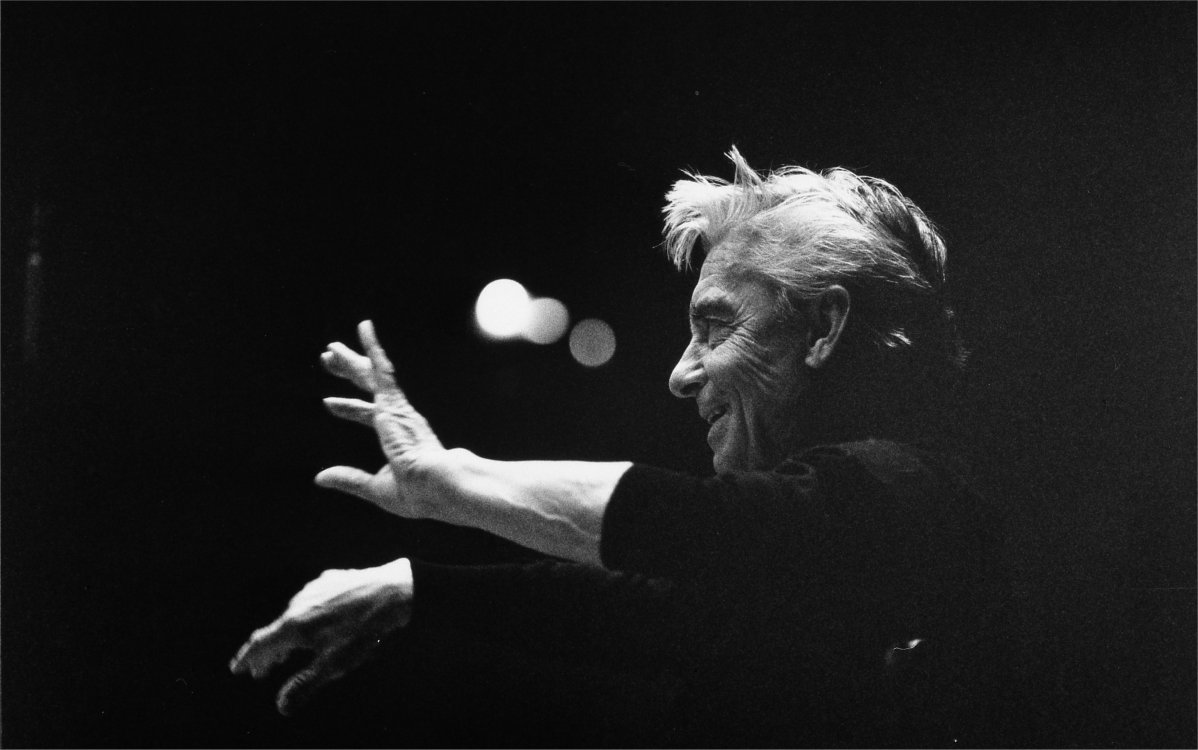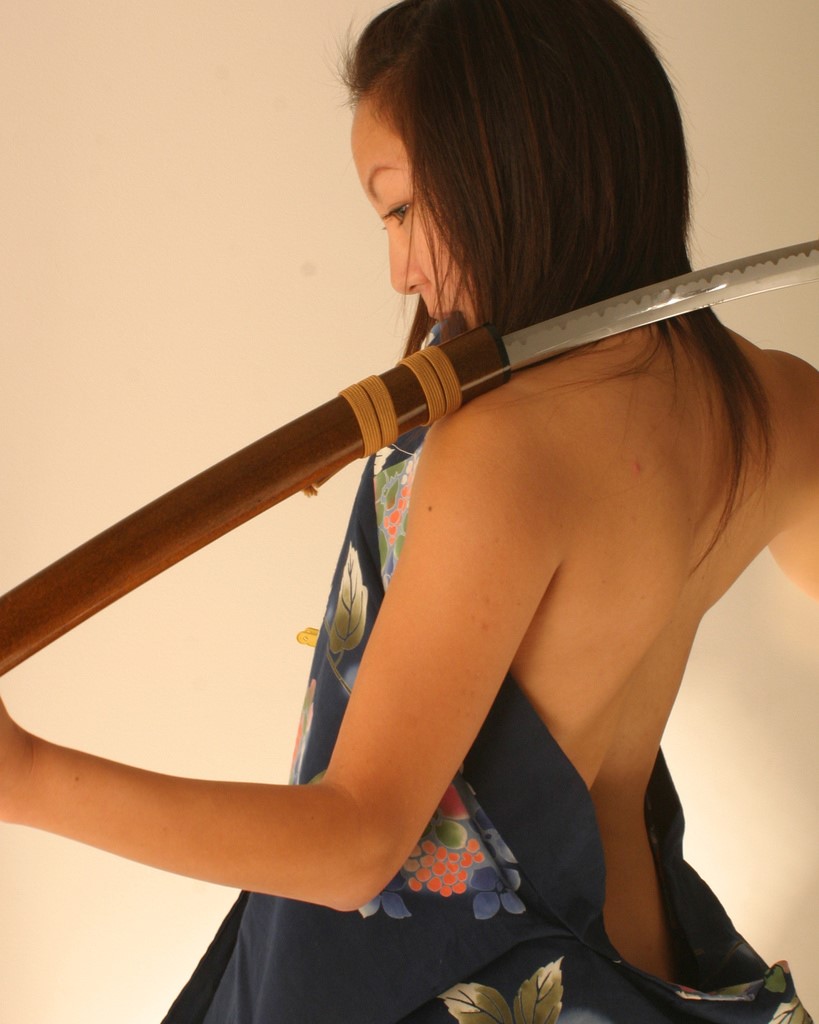Zen, Circular Energy, and the Four Time Dimensions
The Universe is under no obligation to make sense to you.
~ Neil deGrasse Tyson
Expressive Energy originates from your expressive heart/vocal center and flows out of your body through your fingers, sending sound out into the atmosphere. Your Sensitive Center, based in your head, eyes and ears, receives the signal passively and reacts to it at an emotional and intellectual level. These two directions of energy balance each other in an ideal performance and create circular energy. They are separated dimension-wise in time - they represent two beat centers, or two time dimensions. The first dimension is the moment that the sound enters atmosphere; the second dimension is the moment that the sound reaches your sensitive center.
In performance, the expressive element of this cycle operates outside of oneself, a sort of out-of-body experience free of thought or active control. The fingers think and feel for themselves and they’ve already moved by the time the felt beat arrives. When you play in front of yourself, you’re not playing in front of the beat; rather, you’re using a different beat altogether, much like a conductor leading an orchestra.
The conductor has to reside emotionally in the beat of the orchestra but he has to give out an active/passive beat in another dimension before their beat in order to lead them effectively. This lapse of time and the feeling that a conductor has that his arms are moving of their own accord outside “real” time, in an imaginary pre-time realm, is very similar to the pianist’s fingers moving on their own with one’s sensitive self responding with the audience in real time, as well as in lapsed time (comprehension comes gradually in the moments after hearing).
The third time dimension, or third beat is the time frame when you pre-hear the music to sound and begin preparing for it mentally, physically and emotionally, as if a conductor outside of yourself were leading you as you let your fingers play on their own. When I’m in this state, I tend to want to lean back and passively enjoy the miracle in front of my eyes. It really feels like an out-of-body experience. This is the essence of Zen.
This is something I regularly experience but I was slow to become aware of the time element. It’s not an easy concept to grasp, especially if you’ve not yet experienced it. It seems as if you’re playing somehow indefinitely in front of the beat, but that’s not the case. The felt or experienced beat is what I’d like to call the shadow beat. It mirrors the primary beat so that if you play on the back side of this primary beat, for instance, it will sound on the back side of the shadow beat as well, and so on. This has much more to do than simple physical memory; however there seems to be a correlation between them that I have yet to understand. It has partly to do with having enough physical and mental and emotional understanding of a work or phrase that it doesn’t require active thought. But it’s more complex than that.
This type of letting the body move in front of the mind is what I refer to as squirrel mentality. Squirrels jump from branch to branch, often seemingly on a whim or in a moment of fear, without thinking and without self-doubting. It’s the most beautiful thing to see. They seem to follow themselves while remaining perfectly balanced and unified. The fingers, when left to their own genius, act and create and think and feel on a much higher level than the conscious, present self can duplicate. When you try to create and express in the present, it’s as if you’re mind slows and becomes 2-dimensional while your emotional center becomes taxed and overburdened, resulting in lack of sensitivity. This then results in increased physical tension and the spiral continues in this direction until you disengage emotionally, in which case you’ve lost the game.
The fourth dimension is what I call the moment after. My University Piano Professor, Robin McCabe, once gave a lecture by that title, referring to the silence just after a composition has ended, when its meaning suddenly crystallizes in the listener’s heart and mind. This moment after exists perpetually, not only for the listener, but for the interpreter. As you play and your sensitive center remains open, you constantly react emotionally and mentally to the music you’ve just experienced. If you dwell in it, the music will move on without you unguided. But if you ignore it, your music will lack depth. This is the fourth dimension of sound production.
























